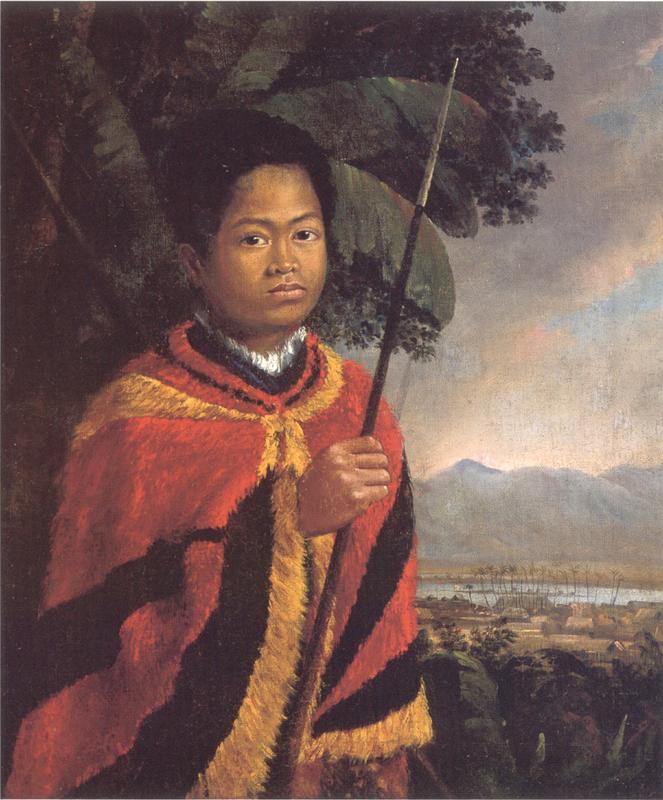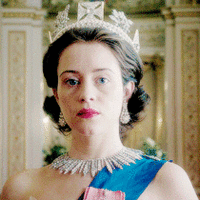More about Kamehameha III

Sr. Contributor
King Kamehameha III of Hawaii came back from the dead, may have knocked up his own sister, and saved a nation.
He was initially stillborn, but his infant body was lain on a rock, ritually cleansed and prayed over until he revived. You can still see the rock on the Big Island. His youth was marked by tragedy, starting with the deaths of his older brother and sister, King Kamehameha II and Queen Kamamalu on a state visit to England. The British ship HMS Blonde returned the bodies to Hawaii, also bringing the artist Robert Dampier, who painted this portrait.
Kamehameha and his biological sister Nahi’ena’ena were childhood sweethearts, but Christian missionaries drove a wedge between them...not before some vigorous romps in the sheets which may have led to a pregnancy. Kamehameha III claimed that his sister’s baby by her arranged marriage to another man was actually his. Nahi’ena’ena and the baby both died shortly after. He was also engaged to the Governor’s daughter Kamanele, renowned as “one of the beauties of the island,” but she too died before their wedding. These successive tragedies plunged the young King into alcoholism and suicidal depression.
After the painful losses of his first two loves, Kamehameha married Queen Kalama, a formidable, politically savvy partner in his struggle to keep ancient Hawaiian traditions alive amidst the cataclysms of their time. In his nearly 30-year reign (the longest in the Kingdom of Hawaii), he saw the mass conversion to Christianity, his people decimated by epidemics, two invasions, the sacking of Honolulu by the French, Hawaii’s first constitution and multiple plots of annexation.
The most notorious international incident (up until then, that is) was the “Paulet Affair” in which British Captain George Paulet just decided to claim Hawaii out of left field. Kamehameha III sent word to London, where Queen Victoria (a close personal friend of the Hawaiian Monarchy) was like, “Dude, back the f*ck off...we cool with those people.” In the aftermath of the affair, Britain, France and Belgium formally recognized the sovereignty of Hawaii, the first time Western powers recognized a non-white indigenous nation. America was invited to join, but declined because we like to keep our options open when it comes to screwing over indigenous people. At the restoration ceremony, Kamehameha gave a speech and coined Hawaii’s motto, “The life of the land is perpetuated in righteousness.”
Sadly, the King couldn’t shake the demons of his past, and he died at 41, possibly of complications due to alcoholism. Moby Dick author Herman Melville, who lived in Hawaii during the reign of Kamehameha III, painted an unflattering, racist portrait of him in his novella Typee.
Interesting side note; if you’re visiting Oahu, you can hike through the jungle to the burned out ruins of his summer palace. It’s best to go with a Native Hawaiian guide to ensure your visit is culturally sensitive. Also, bring a biodegradable lei to leave as an offering, and do not under any circumstances remove anything or ghosts will follow you home and go all “Amityville” on you (not a joke). Check out this article for information on how have a respectful, curse-free visit.












